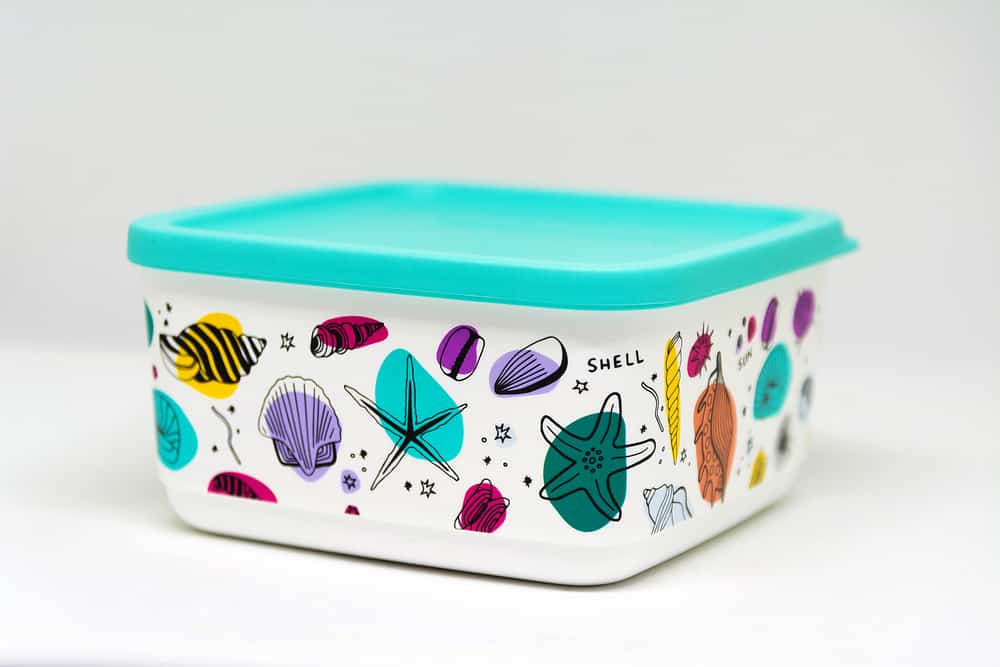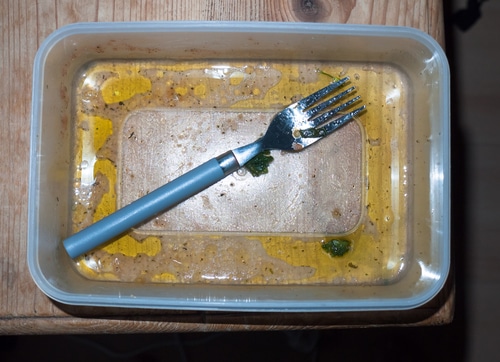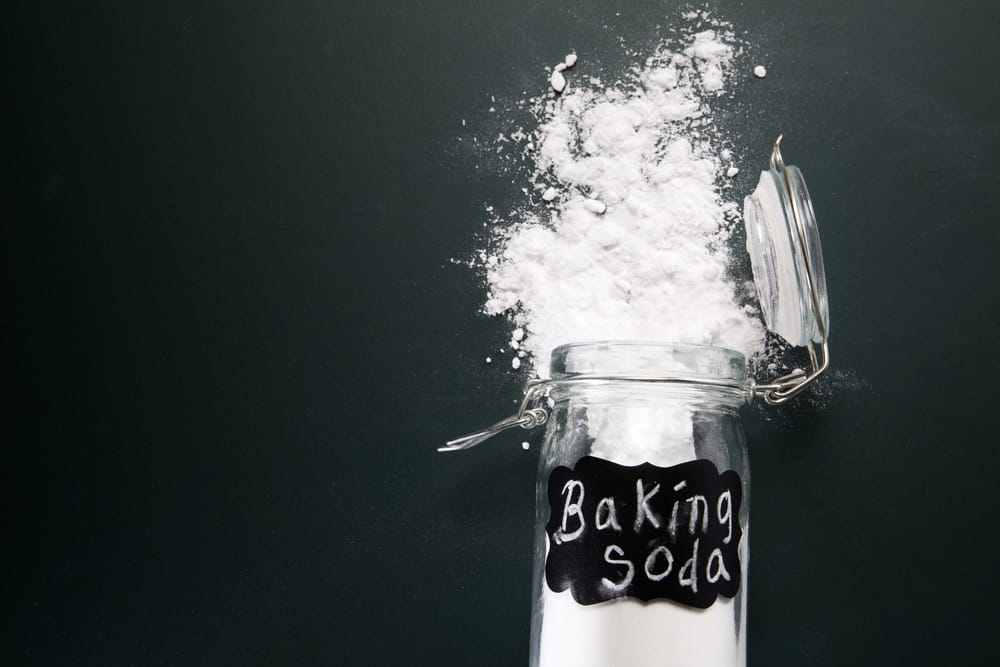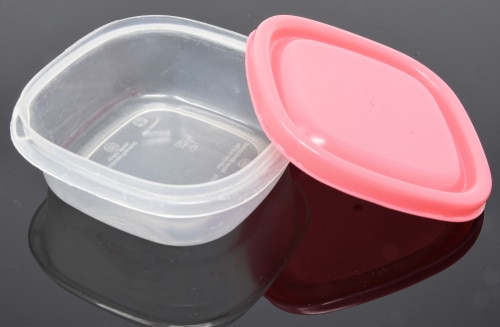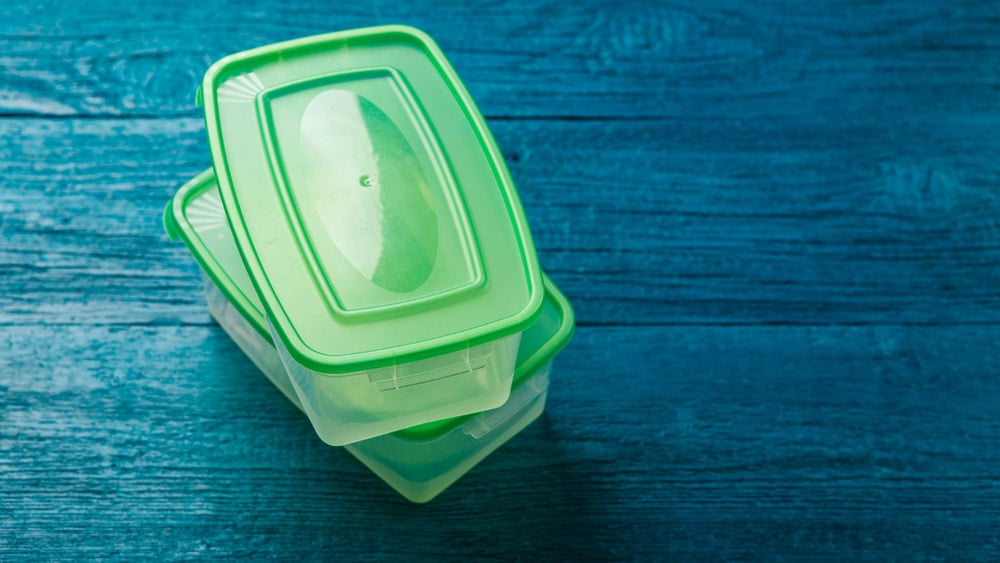
Decades ago, chemist Earl Tupper had a spark of inspiration, and designed airtight plastic containers that would revolutionize the way food was stored.
When Earl Tupper designed this amazingly versatile polyethylene kitchenware in 1947, TIME magazine referred to it as a plastic that could withstand almost anything.
Of course, tupperware, in all its sizes, shapes, and colors, is used to store everything from buttons to tools to toys, shoes, food, and much more. But what about mold? What happens to containers and their contents that have come into contact with mold?
Can You Reuse Tupperware That Had Mold in It
Yes, you can reuse your moldy tupperware
Tupperware parties became popular as a way to inspect and purchase a variety of containers that would make life easier and more convenient in the kitchen.
But what happens when you leave leftovers in these containers in the fridge for longer than you should? Can the tupperware be reused if the contents have become moldy? The answer is sure on this one—there is no need to toss your tupperware out. It is reusable.
For starters, vinegar, a regular household product, and it is able to disinfect your tupperware and also get rid of the smell.
Cleaning tupperware thoroughly makes it reusable
Will cleaning moldy Tupperware thoroughly render it usable again? Yes, clean it thoroughly, following particular guidelines, and you can reuse your tupperware.
Tupperware is the perfect solution for storage needs, but there is always that concern about mold, and this doesn’t only apply to food.
Any items stored in tupperware must be free from dampness, because if moisture gets into a container, there is every chance that mold will flourish.
Fungus thrives under humid conditions, and if moisture seeps into your storage containers, the items become susceptible to mold.
Make sure to use tupperware that can be tightly sealed, and if you’re storing items such as shoes, make sure they are clean and dry before storing. You can use desiccators in the tupperware as a drying agent that absorbs moisture.
Make sure that all your Tupperware containers are airtight before you place them in storage. We all love our tupperware, and it is a relief to know that you can reuse a favorite Tupperware container that has had mold in it.
But you will have to put in a little bit more effort than just washing it with hot, soapy water. This is because wherever there is moisture, mold spores flourish and the container will need to be sanitized.
Mold causes a host of health issues, so cleanliness is key
Even if mold is only visible on the top of food, don’t be deceived, as the roots of mold can go deep into the food. Mold wants the moist matter to grow, which is why food is such a perfect environment for mold.
When mold comes into contact with your food and storage containers, it can cause a host of health issues. Anywhere that there is moisture, mold spores can thrive. Mold can be dangerous in so many ways and cause problems when it enters the body.
That is why the way you go about cleaning your tupperware is so important. Let’s take a look at how you would go about cleaning your tupperware after mold was allowed to grow in it.
- When dealing with mold, always wear gloves. When you look in your local supermarket among the cleaning items, you’ll find reusable rubber cleaning gloves there. They will protect your hands from coming into contact with mold, bacteria, chemicals, and grime.
- Empty the contents of your tupperware into the bin.
- Rinse your tupperware under hot running water to remove any remaining food.
- Fill the tupperware with white vinegar and, ideally, leave it filled overnight. Vinegar is effective in getting rid of mold.
- The next morning, empty out the vinegar and wash the tupperware with hot, soapy water.
- If your tupperware still has a moldy smell, use baking soda. Place a tablespoon of baking soda into your tupperware dish and sprinkle it over the mold. Leave it in the tupperware overnight, and then wash it with warm, soapy water.
- You can also combine the baking soda and some bleach. Add one tablespoon of baking soda and 12 tablespoons of bleach to some water, then pour into a tupperware and allow it to stand for several hours. Take care that you don’t go overboard with the bleach because plastic is porous, and it soaks up the odors of what you put in it. It’s why vinegar, lemon juice, and baking soda are excellent cleaners, killing mold without being at all toxic.
Tips to prevent mold growth in tupperware
- To prevent mold from growing in your Tupperware in the first place, always keep your leftover food in airtight containers. Plan to have the leftovers within 3 days to avoid mold forming.
- Another tip is to place your washed Tupperware out in the sun for several hours. Before you do that, you can rinse the container with lemon juice or rub a cut lemon around the surface of the tupperware.
- Never use your dishwasher to get rid of mold. Mold spores will be in your machine and can be deposited on your other dishes.
- Get into the habit of disinfecting your tupperware from time to time, as it can help prevent mold buildup.
Wash and re-use
Is it safe to reuse moldy Tupperware? Of course, you can. You just have to be cautious with plastic containers because they can absorb odors, and who wants the odor of mold in their tupperware? It may contaminate the next food item stored in the tupperware.
That’s why it’s important to use products such as vinegar, baking soda, and lemon to remove stains and smells and prepare your tupperware for its next storage role.
